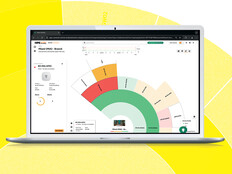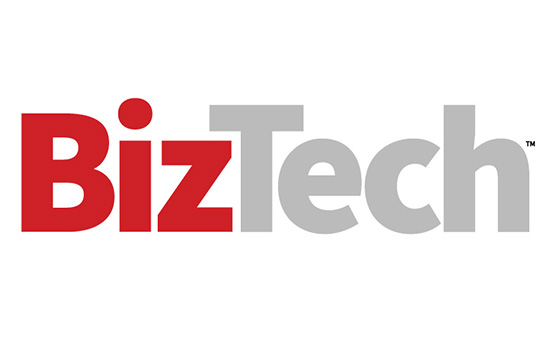Target High-Density Zones and Mission-Critical Environments
The larger and more distributed the network, the more strategic a Wi-Fi 7 rollout must be.
Enterprises should begin deployment in high-density or mission-critical zones — for instance, collaboration hubs, manufacturing floors or customer-facing retail spaces — where performance and capacity directly impact business outcomes.
Conducting multisite surveys will ensure that Wi-Fi 7 access points are optimized for maximum throughput and low latency. Leveraging a partner with experience in Wi-Fi 7 design ensures your infrastructure is configured to meet both current and future network demands.
“Before you even start to configure and run the network, you’ve got to make sure the infrastructure is deployed in the right places,” says Christian Gilby, former senior director of product marketing at Juniper Networks. “Look for a partner who has that expertise in Wi-Fi design and has started to deploy Wi-Fi 7, so they're understanding the experiences there.”
Ensure Core and Edge Networks Are Ready for Wi-Fi 7
Many enterprises already run on Wi-Fi 6E, which introduced 6GHz spectrum to double available bandwidth. Wi-Fi 7 goes further, bonding multiple channels to deliver multigigabit speeds and ultralow latency across dense environments.
“A lot of the newer radios require higher power to operate at full speed,” Gilby says. “That’s where you want to make sure that your switching infrastructure is ready to support that.”
Enterprises should ensure that core switching and edge access layers are equipped for higher Power over Ethernet budgets and 10-gigabit Ethernet uplinks to maximize throughput.
“Speeds and feeds are very high with Wi-Fi 7 in order to support the rich, real-time applications with multilink operation,” adds Nat Chidambaram, head of product management at NETGEAR.
DISCOVER: Software-defined networking is ideal for cloud and hybrid environments.
Secure Wi-Fi 7 With Enterprise-Grade Standards
For enterprises, the scale of users and endpoints makes security the most critical element of Wi-Fi 7 adoption. Wi-Fi Protected Access 3 offers strong encryption and should be the baseline for any new deployment. Enterprises should also enforce IEEE 802.1X standards to authenticate users and devices via certificates or secure credentials.
Gilby recommends extending protection to the network edge through layered security, combining firewalls, VPNs, and network access control (NAC).
“Solutions that leverage AIOps to simplify the networks are critical,” Gilby says.
Modern NAC solutions allow IT teams to dynamically profile and segment traffic based on device type, identity or application behavior — essential in mitigating insider and Internet of Things risks.
Use AIOps To Manage Scale and Complexity
Unlike smaller environments, enterprise networks span campuses, branch offices and cloud integrations, introducing a scale of complexity that demands automation.
AI for IT operations (AIOps) enables self-healing, self-optimizing networks by continuously analyzing performance data and adjusting configurations in real time.
“One of the big challenges as Wi-Fi has evolved is there’s been more complexity, a lot more settings, a lot more apps and devices connecting to the network,” Gilby says.
By applying AIOps, IT leaders can proactively identify performance issues, reduce downtime and free up personnel for strategic innovation rather than manual network tuning.
UP NEXT: Achieve smarter cloud networking with proper data management.










